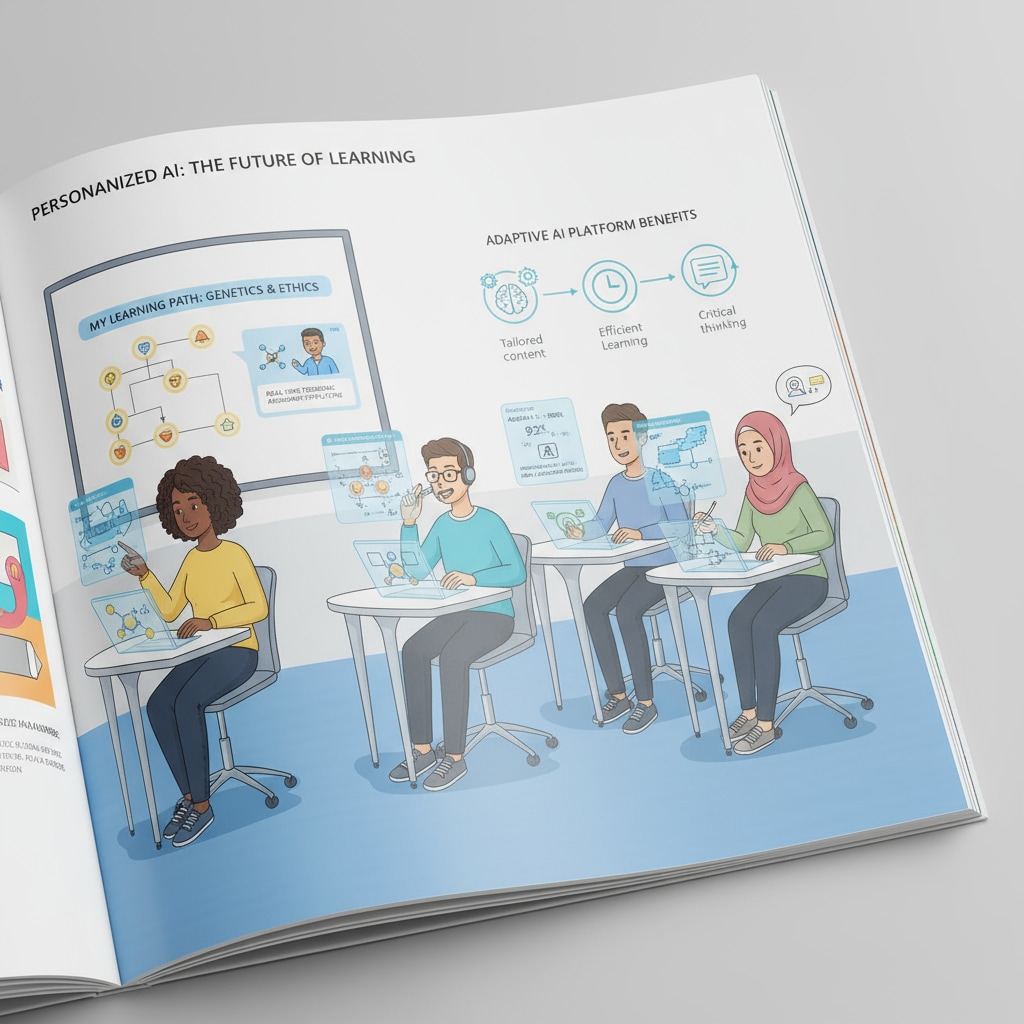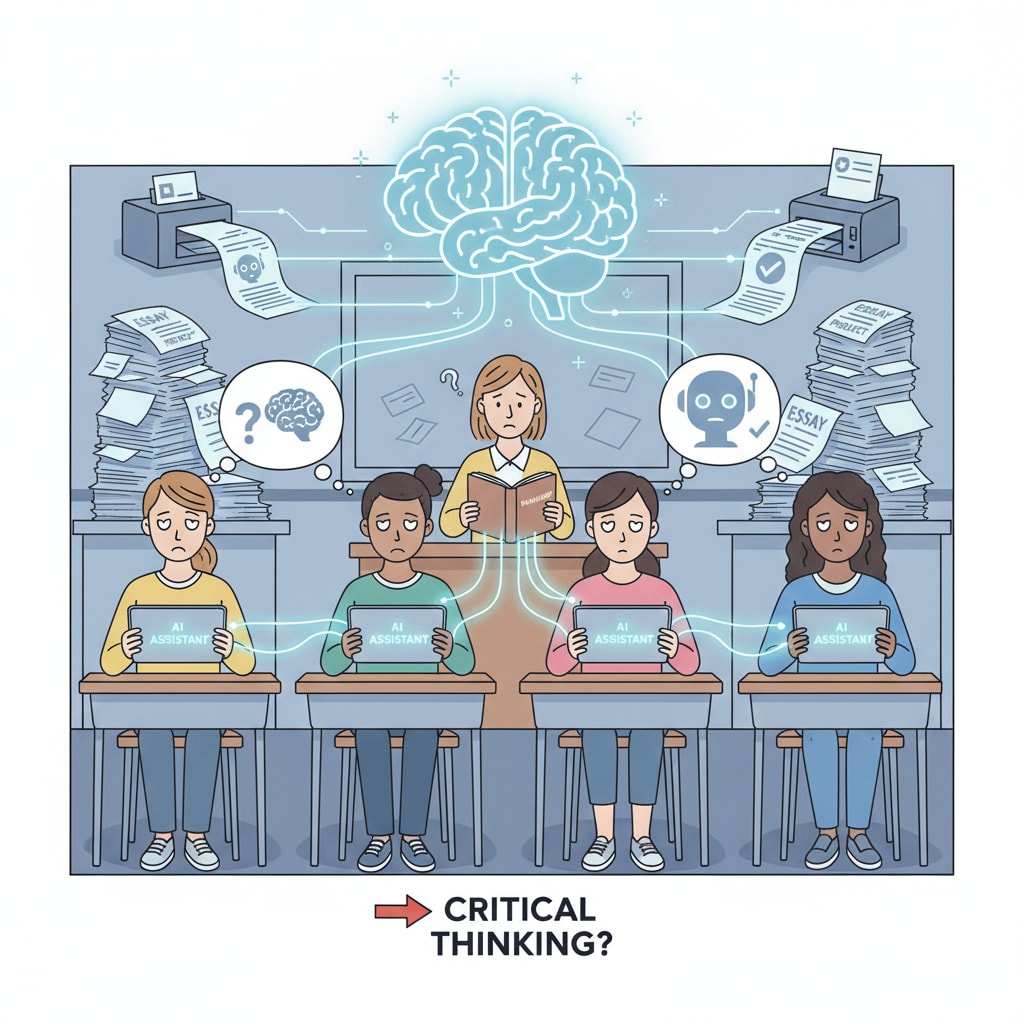Artificial intelligence, education, and learning tools are at the forefront of educational discussions today. As AI technology rapidly infiltrates the K12 education realm, educators, parents, and policymakers are grappling with the challenge of appropriately positioning AI tools. This article aims to explore the potential of AI as learning tools and the concerns of potential weakening of students’ basic abilities, seeking to find the balance between AI and traditional education.
The Potential of AI as Learning Tools
AI has the potential to revolutionize education. For example, personalized learning platforms can analyze students’ learning patterns, strengths, and weaknesses. Based on this analysis, they can offer customized learning materials and exercises. Artificial intelligence on Britannica explains that these platforms can adapt to individual students’ needs, allowing them to learn at their own pace. This personalized approach can enhance students’ engagement and motivation, as they are more likely to be interested in materials tailored to their abilities.

Concerns about Weakening of Basic Abilities
However, there are valid concerns. Some fear that over-reliance on AI tools may lead to a weakening of students’ fundamental skills. For instance, if students constantly use AI grammar checkers, they may not develop a strong understanding of grammar rules. As students become accustomed to getting quick answers from AI, their critical thinking and problem-solving abilities may be stifled. Artificial intelligence in education on Wikipedia also mentions that students might lose the ability to think independently and conduct in-depth research.

Finding the balance between leveraging the benefits of AI in education and ensuring the development of students’ basic skills is crucial. Educators need to incorporate AI tools in a way that complements traditional teaching methods. For example, AI can be used as a supplementary resource for extra practice or providing additional explanations, while still emphasizing the importance of fundamental learning.
Readability guidance: By using short paragraphs and lists, we can better summarize key points. Each H2 section provides a clear focus. We’ve also controlled the proportion of passive voice and long sentences, and added transitional words like “however” and “for example” to enhance readability.


